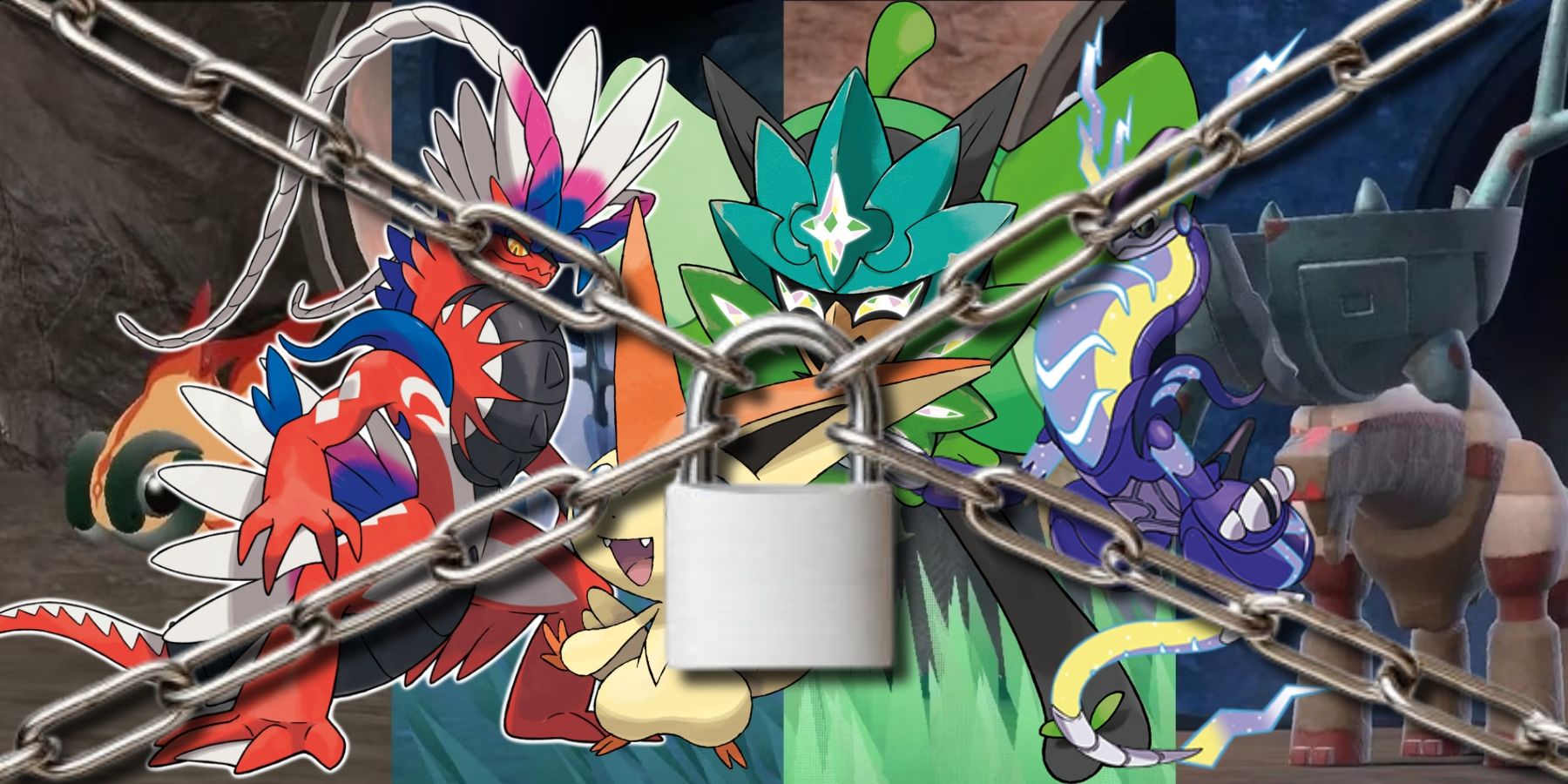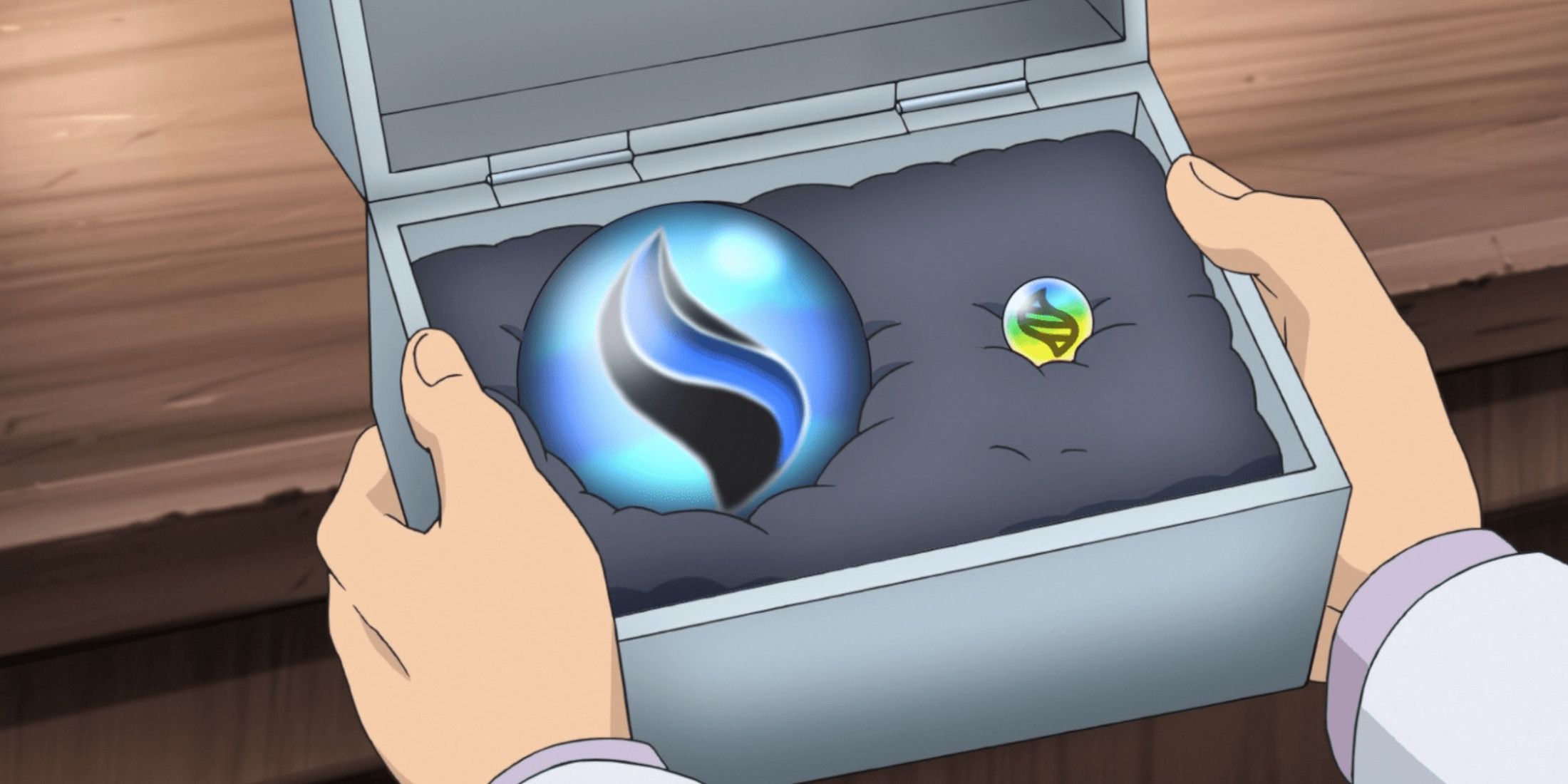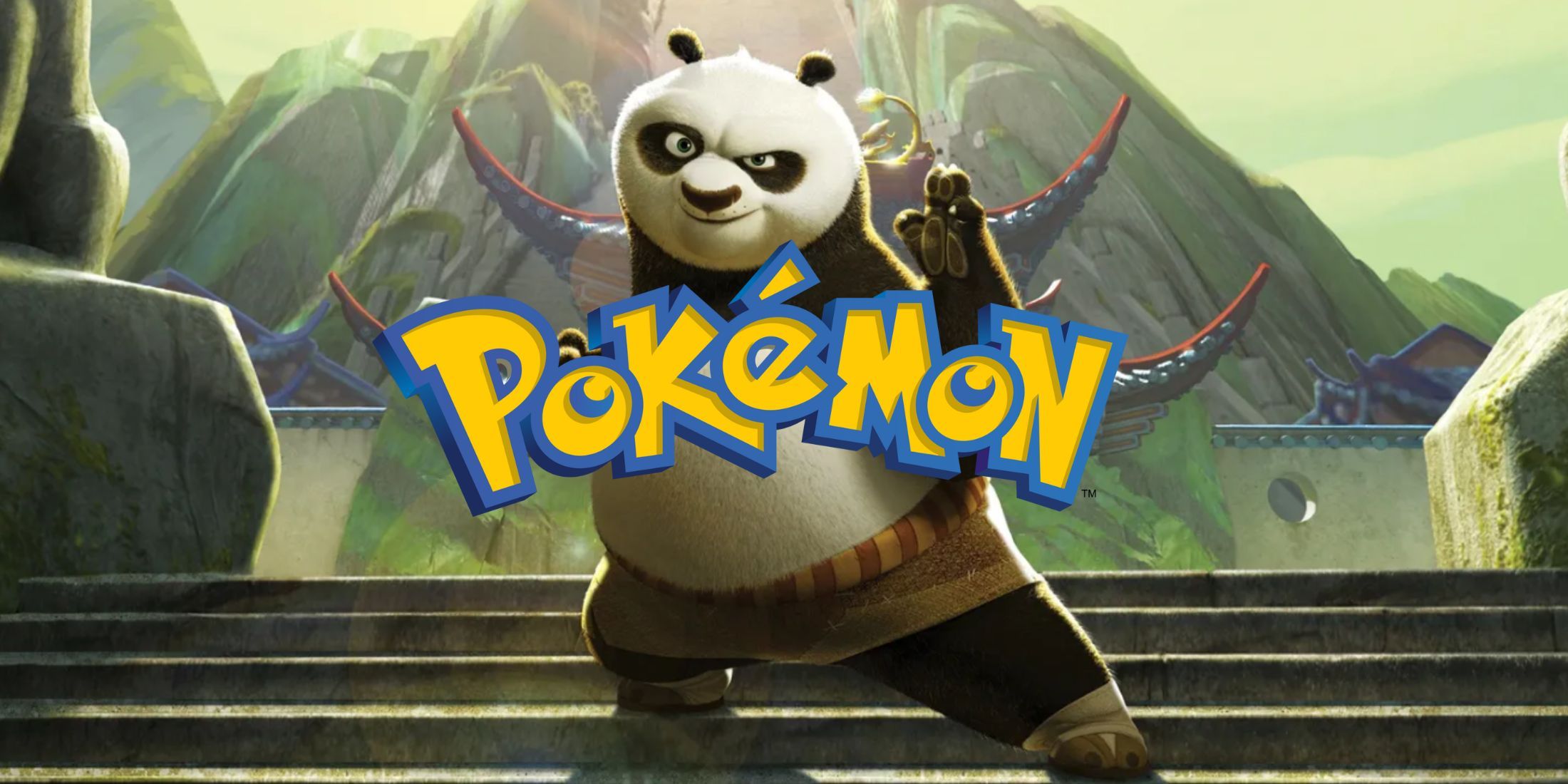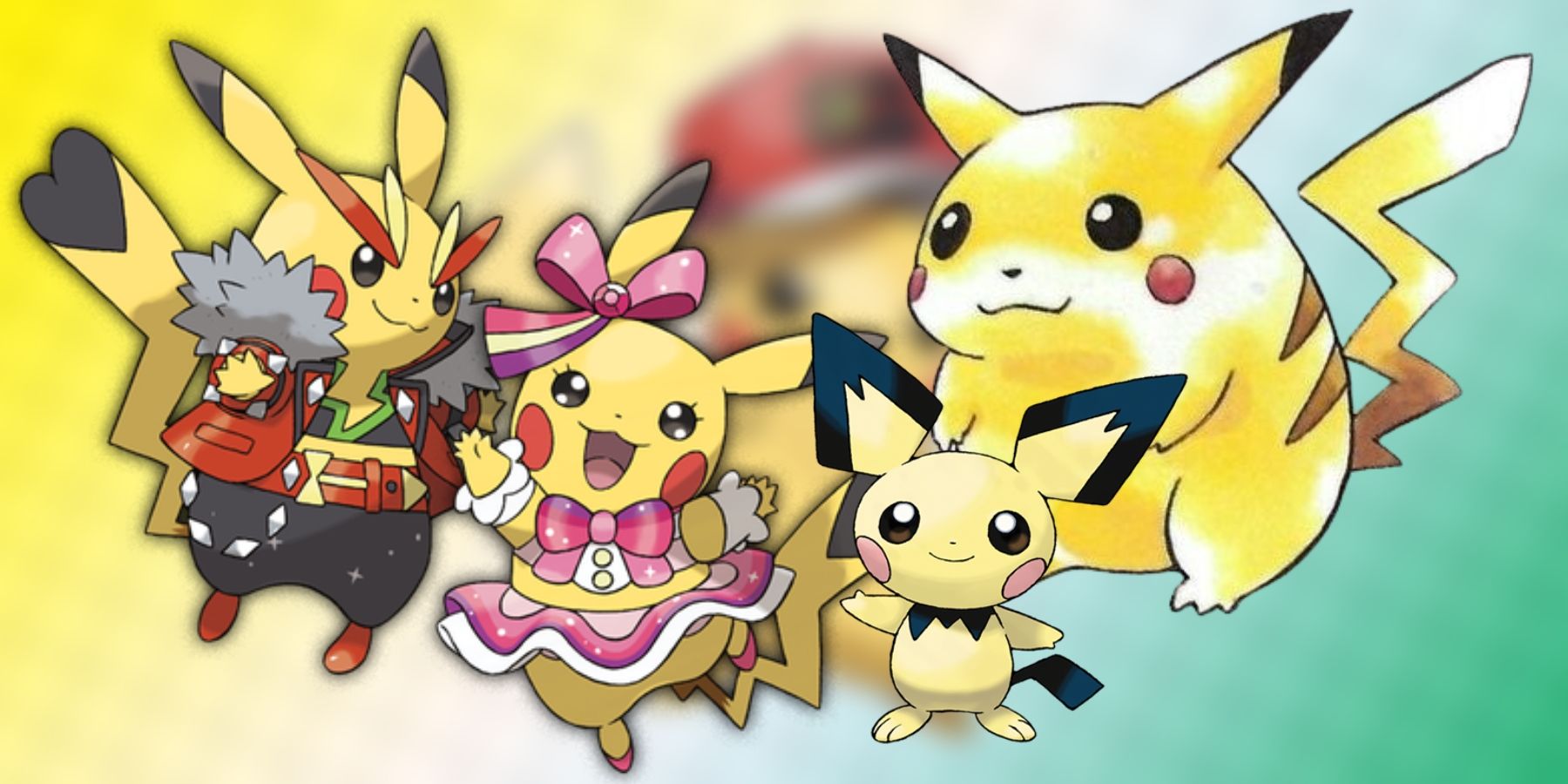Highlights
- Pokemon Red and Green were the first games in the series, later released worldwide as Pokemon Red and Blue in 1998. Pikachu became the iconic mascot of Pokemon through the Pokemon Yellow game and anime.
- The Mandela effect refers to people misremembering historical events, and it can also affect Pokemon. Some fans remember Pikachu having a black-tipped tail, but in reality, its tail is yellow. This confusion may be influenced by other factors such as poses in the anime or trading cards.
- The Mandela effect is also seen with Onix, as some fans remember it being called Onyx. It is believed to be caused by false memories or psychological phenomena, rather than parallel universes. Pikachu's design has evolved over the years, but there is a special form called Cosplay Pikachu with a black-tipped tail in Pokemon Omega Ruby and Alpha Sapphire.
Pokemon games have been around for 27 years now, with the first set of titles releasing as Pokemon Red and Green in 1996 in Japan, only to later launch worldwide in 1998 with Gen 1 games - Pokemon Red and Blue. Gen 1 had a whopping total of 151 critters in it, but Pikachu being the mascot of Pokemon was not immediate, and something both Pokemon Yellow and the Pokemon anime contributed to, with the cute critter eventually taking a lead role. Pikachu is one of the most renowned icons from any media across the world, with both original and knock-off merchandise of all kinds sporting its face or entire body - and yet, there is a "Mandela effect" where some fans remember it differently than it is today.
The Mandela effect phenomenon is a strange one, with it originating when multiple people had memories of Nelson Mandela dying in prison in the 1980s despite the fact that he lived long enough to serve 27 years in jail and then become president of South Africa in 1994, only to die much later, in 2013. The Mandela effect commonly refers to a group of people misremembering historical events and other types of information, possibly believing their recollection is accurate or that this phenomenon occurs because of parallel realities and universes. While it may seem strange, this can affect Pokemon as a series too.

All Shiny-Locked Pokemon in The Series
Pokemon Scarlet and Violet introduced a myriad of new creatures, and with Gen 9, the current list of shiny-locked Pokemon changed quite a bit.
Pokemon: Does Pikachu Have a Black Tip on The Tail?
Pokemon's Mandela Effects With Pikachu and Onix Explained
As enticing as it might seem to explain possible alternate realities or parallel universes with the Mandela effect, it's believed to instead be caused by false memories (untrue recollections that may have been altered due to suggestions or external input) or other psychological phenomena that may alter perception, and thus the memory of it.
Mandela effects are known to occur in gaming too, among other media and fields, and the internet likely ended up playing a major role in these phenomena spreading easily and consistently. Still, there is another Mandela effect for Pokemon games, and it has to do with the critter Onix, which is wrongly believed by some to have been called Onyx only to see its name changed later on.
Similarly, the Pikachu Mandela effect has some fans remembering the famous mouse-like Pokemon has a black-tipped tail, when in reality it's yellow. There are various explanations as to why this could be the case, including the fact that the black tip might come from certain poses of Pikachu in the anime or on trading cards where its tail is closer to its black-tipped ears. This confusion might also come from the fact that Pikachu's ears have a black tip, leading fans to form false memories of the tail having that same black tip, which is not present in official items and games.
There is also a chance that the Mandela effect is generated by Pichu from Gen 2 games, as the critter has a black tail and black all around the ears, unlike Pikachu, but it still is part of its evolutionary line and shares many physical traits with it. Yet, early designs of Pikachu in Gen 1 games did have black on the bottom end of the tail, likely to create a shading effect - though this was not present in colored images of the Pokemon.
Another possible explanation is that Pikachu's design has changed quite a lot over the years, to the point that the original "chonky Pikachu" design was made slimmer for the anime, as it was easier to animate it with its current design. However, there is something worth noting from the games themselves, specifically Gen 6 remakes of Pokemon Ruby and Sapphire.
Pokemon Omega Ruby and Alpha Sapphire feature a special Pikachu form called "Cosplay Pikachu," which is a female Pikachu with a black-tipped tail. This is hard to write off as a coincidence, especially since this specific Mandela effect applies to older fans who have been around longer than the release of Pokemon X and Y and their respective Gen 3 remakes, further muddying the waters on this matter.




